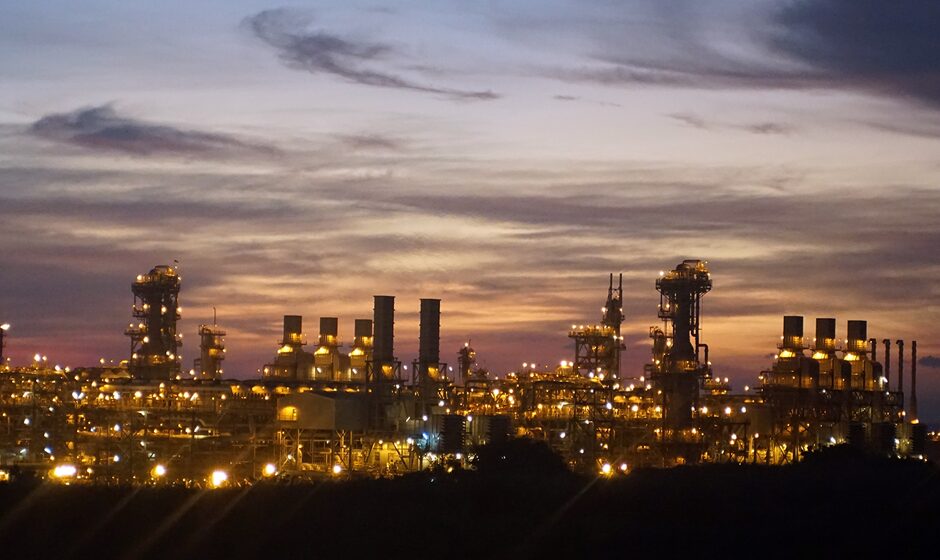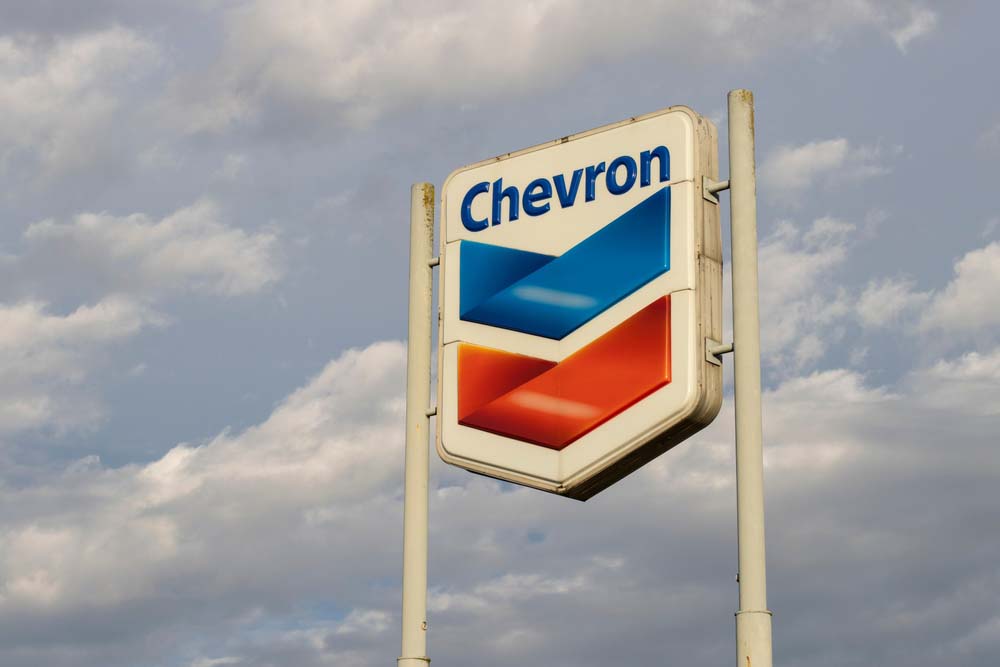
A final investment decision on the $15-billion Papua LNG project has been delayed until 2025, after operator TotalEnergies said it needed to review its initial EPC bids to obtain commercially-viable contracts, while a slew of global banks have ruled out involvement in financing the gas development.
The project will have an annual export volume capacity of 5.6 million tonnes and Total was previously aiming to drill the project’s first deepwater exploration well next year.
Total has not yet clarified what effect the delayed decision will have on anticipated first production in 2028. Managed by Total, which owns a 37.55 per cent stake, the joint venture is also supported by partners ExxonMobil (37.04 per cent), Santos (22.83 per cent), and JX Nippon (2.58 per cent).
Papua LNG will consist of nine production wells, one injection well, one carbon dioxide reinjection well, a gas processing plant, and 320 kilometres of pipelines, including 60 kilometres onshore from the processing plant to the liquefaction plant in Caution Bay.
Four electric liquefaction trains with a total capacity of four million tonnes a year will be developed at the existing plant in Caution Bay to reduce the project’s carbon footprint. In February, Europe’s third-largest bank Credit Agricole said it would not finance the Papua LNG project, despite being the financial advisor to the project as well as one of Total’s top bankers.
Credit Agricole marked the eighth major financial institution to rule out involvement, including the CBA and Westpac, while both NAB and ANZ have since followed suit and also ruled out the project.
Despite the funding struggle, PNG’s Petroleum Minister Jimmy Maladina said Total was ‘very comfortable’ about securing financing, even with European banks’ increased reluctance to fund new fossil fuel projects.
However, along with financing uncertainty, the project’s emissions footprint was also a concern, according to Kevin Wilson, Energy Finance Analyst at the Institute for Energy Economics and Financial Analysis (IEEFA).
Wilson said the project would increase PNG’s energy and industry emissions by more than 7 per cent, noting that actions being taken by the project partners to reduce their operating emissions only represented 10 per cent of Papua LNG’s total carbon footprint.
He added: “The majority of its emissions are scope 3 – the emissions from consumers burning the gas produced. “The total scope 3 emissions of the project over its lifespan are estimated at 220 million tonnes of carbon dioxide equivalent – this is about the total annual emissions of Bangladesh.

“None of the project partners have any ambition to reduce their scope 3 emissions, raising concerns with investors who are starting to ask for more action to align with the Paris ClimateAgreement objectives.”
PNG Prime Minister James Marape said while the careful evaluation of costs might lead to potential slight delays, the project was by no means halted – he emphasised that Total was actively reviewing bids for construction contracts, signalling ongoing momentum.
He also highlighted the strategic importance of synchronising the P’nyang LNG project alongside Papua LNG. PNG’s government has indicated that once production at Papua LNG begins, it intends to start construction of ExxonMobil’s 4.4-trillion-cubic-foot P’nyang gas field, with the construction workforce from Papua LNG shifting to building P’nyang once the former is complete.
Johanna, Boothey, ExxonMobil PNG Senior Vice President of Commercial Development, said the future of Papua New Guinea’s LNG business was positive, with initial exploration showing promise of greater gas discoveries that could possibly dwarf both Papua LNG and ExxonMobil’s operating PNG LNG project.
She noted that seismic testing had shown strong prospects at the Wildebeest field in the Papuan basin, with Exxon working to advance exploration to prove and quantify the resource in 2025. Boothey said: “Timing is important and with focused development Wildebeest has the potential to commence immediately after the completion of P’nyang.
“This will further extend construction activities in PNG from the eight years we previously talked about to 13 years.” Operator Exxon has a 49 per cent ownership of P’nyang, alongside joint venture partners Santos (38.5 per cent) and JX Nippon (12.5 per cent).
Exxon’s PNG LNG liquefaction project is the only currently operating major LNG project on the island nation, having started nine years ago and now routinely produces in excess of eight million tonnes a year of LNG, well above its 6.9 million tonne nameplate design capacity. The project is an integrated development that includes gas production and processing facilities that extend from Hela, Southern Highlands, Western, and Gulf provinces to Port Moresby in Central Province.
Since beginning production, the project has continually supplied LNG to its four long-term major customers in the Asia region: Sinopec, Osaka Gas, Tokyo Electric, and CPC Corporation. PNG is progressing its US$918-million, 28-month International Monetary Fund (IMF) program that was approved in March 2023, having met all performance criteria regarding the three reform pillars in the first program review last November.
The three pillars are fiscal consolidation, alleviating foreign exchange shortages by transitioning to a market clearing exchange rate, and enhancing governance and anti-corruption frameworks. Government agency Export Finance Australia said although subsequent IMF-mandated reforms were likely to prove more onerous, continued progress was required to secure financial support from PNG’s development partners.
The agency added: “Such efforts are vulnerable to domestic political risks from early 2024 – once the moratorium on noconfidence motions against the Prime Minister ends – if it leads to a shift in the government’s policy priorities.” It also noted that momentum on gas projects further brightened PNG’s longer-term economic prospects, while the continuation of IMF-led reforms and construction of large gas projects bolstered export and investment opportunities for Australian businesses.
The agency said: “Construction of large LNG projects provides upside to the IMF’s current economic forecasts, and would raise government revenue, help alleviate FX shortages and exert upward pressure on the PNG kina. “
This, in turn, would reduce the costs of structural reforms, including depreciation pressures from the shift toward a marketclearing exchange rate. “The expected resumption of production from the Porgera gold mine in 2024 further supports prospects for GDP growth and FX inflows.”




